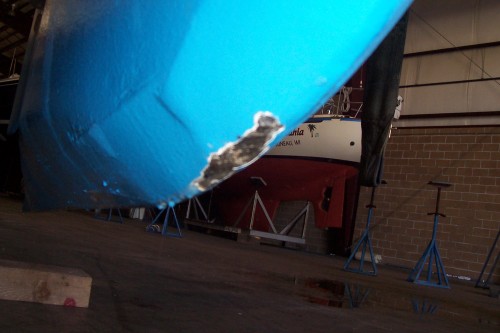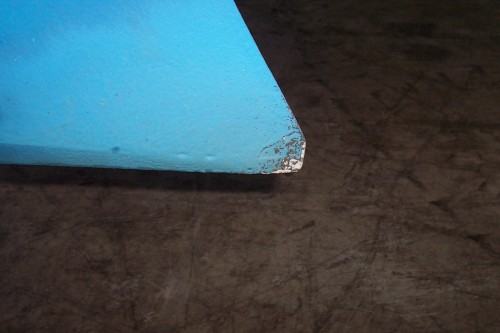Do you want to be informed on new Posts on this Thread? (members only)
| S&S Swan Maintenance - Light grounding, Swan 411 |
|---|
|
Join Date: 16 May 2009
Posts: 252 |
||
|---|---|---|
|
Light grounding, Swan 411   |
|
Join Date: 17 November 2009
Posts: 39 |
||
|---|---|---|
|
Geoff,
|
|
Join Date: 16 May 2009
Posts: 252 |
||
|---|---|---|
|
Kendall - |
|
Join Date: 31 January 2007
Posts: 30 |
||
|---|---|---|
|
I have hit numerous rocks while sailing in the Baltic, particularly bumping into and out of Kuresaare, Sareema, Estonia. The keel is made of lead and it seems to have survived these bumps without any sign of movement. I simply faired it off, antifouled and set off again in search of another rock!
Anthony Wotan 411-40 |
- Threads : 1705
- Posts : 10224
- Members: 821
- Online Members: 0

